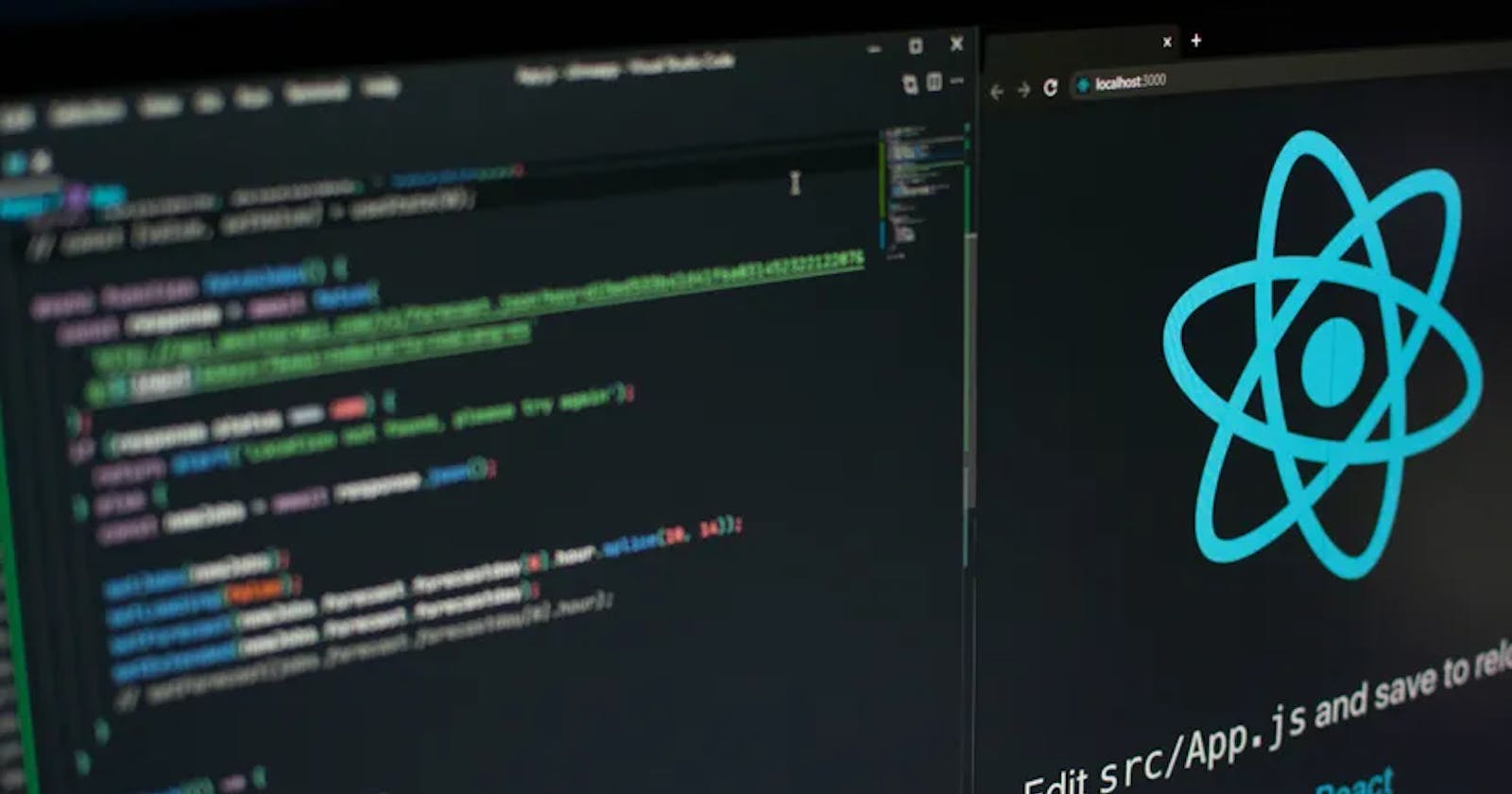Styles in Web Development: SCSS vs. SASS vs. LESS vs. CSS vs. CSS Modules vs. Styled Components
Web development is an ever-evolving field with various technologies and tools to choose from, especially when it comes to styling. In this blog post, we will demystify the world of styles by comparing SCSS, SASS, LESS, CSS, CSS Modules, and Styled Components. We'll walk through how each of these technologies works and help you make informed decisions when styling your web applications.
CSS - The Foundation
Let's start with the basics. CSS (Cascading Style Sheets) is the standard language for styling web documents. It's a simple, declarative language used to control the presentation of web pages. CSS is essential for defining how elements on a webpage should look, from fonts and colors to layout and spacing.
How CSS Works
Selectors: CSS selectors target HTML elements based on their type, class, ID, or other attributes.
Properties and Values: For each selected element, CSS specifies properties (e.g.,
color,font-size) and values (e.g.,red,16px) to define the desired styling.Cascading: CSS follows a cascading order, meaning styles can be inherited or overridden by more specific rules.
While CSS is fundamental, it can become cumbersome to manage in large projects, leading to the development of preprocessors.
SCSS and SASS - CSS with Superpowers
SCSS (Sassy CSS) and SASS (Syntactically Awesome Stylesheets) are CSS preprocessors that bring additional features and flexibility to your stylesheets.
How SCSS/SASS Works
Variables: Both SCSS and SASS allow you to define variables for reusable values like colors or font sizes.
Nesting: You can nest CSS rules inside one another, making your styles more organized and readable.
Mixins: Mixins are reusable sets of CSS declarations that you can include in other rules, reducing repetition.
Functions: Functions enable you to perform calculations and manipulate values directly within your stylesheets.
SCSS and SASS files need to be compiled into regular CSS before a browser can understand them.
LESS - Leaner CSS
LESS is another CSS preprocessor that simplifies your stylesheets and streamlines your workflow.
How LESS Works
Variables: Like SCSS/SASS, LESS supports variables for reusable values.
Mixins: You can define mixins for reusable sets of styles.
Nested Rules: LESS allows nesting of CSS rules for improved organization.
Math Operations: You can perform mathematical operations directly in your LESS styles.
To use LESS, you need to compile it to CSS, just like SCSS/SASS.
CSS Modules - Scoped CSS
CSS Modules offer a solution to the problem of global scope in CSS by providing local scope for your styles.
How CSS Modules Work
Local Scope: CSS Modules generate unique class names for each component, ensuring styles don't leak to other parts of your application.
Importing Styles: You import styles directly into your JavaScript or TypeScript files, making it easy to associate styles with components.
Compile-time: CSS Modules are processed at compile-time, ensuring that the correct styles are applied.
Styled Components - CSS in JS
Styled Components is a library for styling React components using tagged template literals.
How Styled Components Work
Tagged Template Literals: Styled Components use JavaScript tagged template literals to define styles directly in your components.
Dynamic Styles: You can create dynamic styles based on component props or state.
Encapsulation: Styled Components encapsulate styles, preventing global scope issues.
Server-Side Rendering: Styled Components are compatible with server-side rendering, ensuring consistent styles between the server and the client.
Making the Right Choice
The choice between SCSS, SASS, LESS, CSS, CSS Modules, and Styled Components depends on your project's requirements, team familiarity, and personal preferences. Each technology has its strengths and weaknesses, so it's crucial to consider your specific use case
